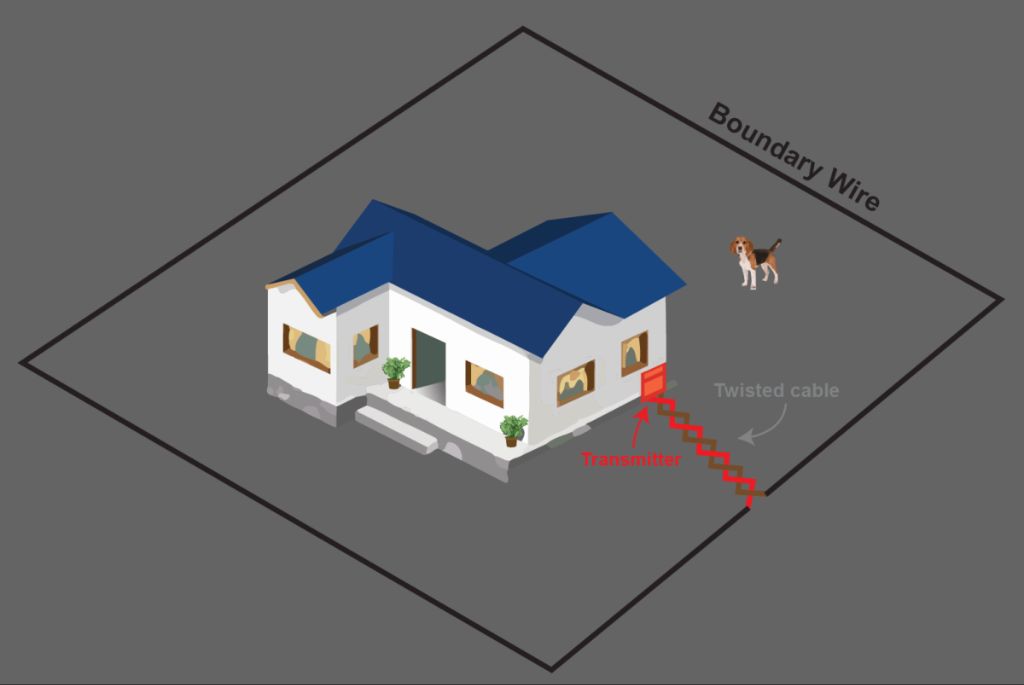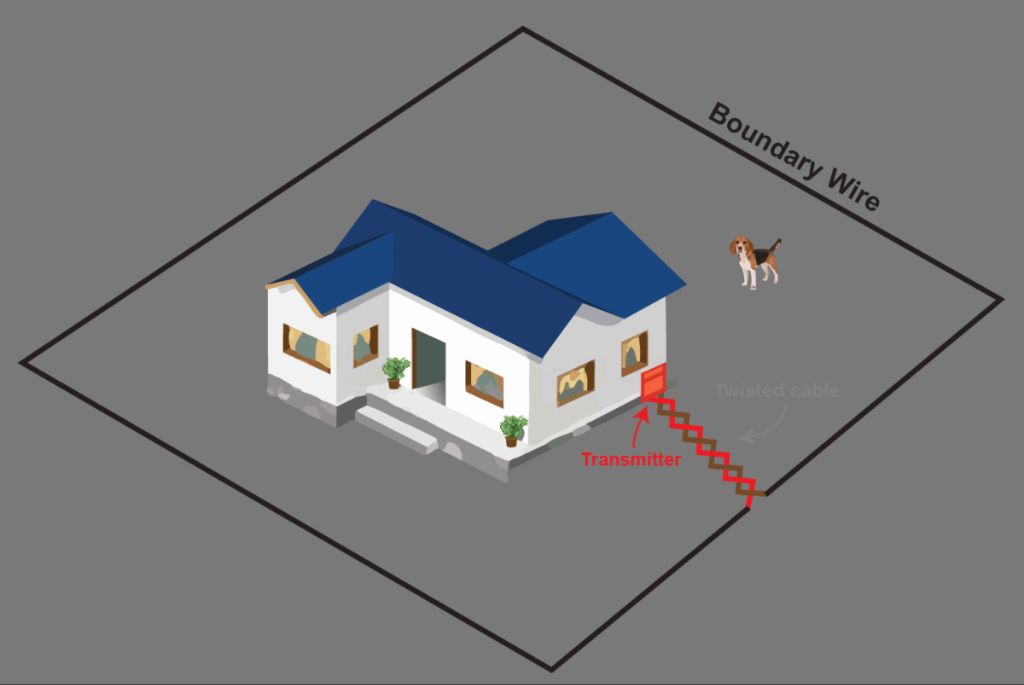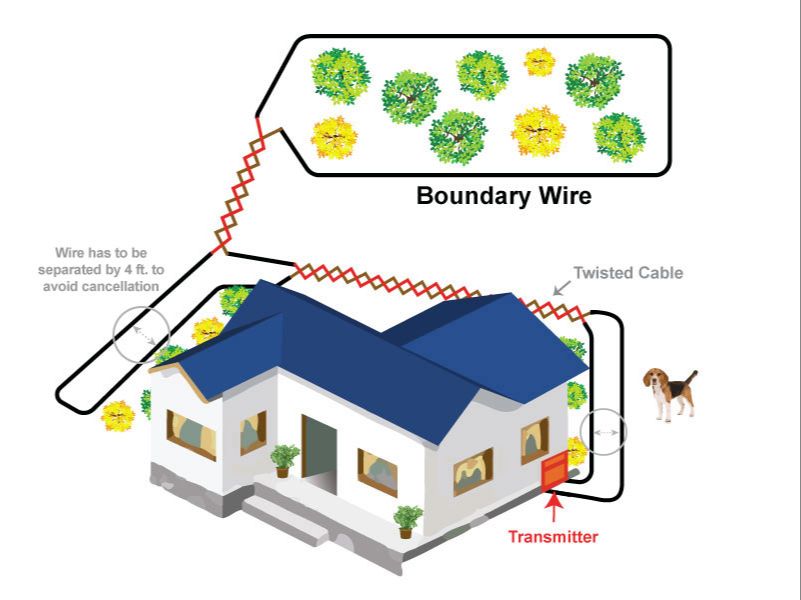Introduction
Twisted wire fencing has been used for enclosing yards and livestock areas for over a century. The process of twisting multiple thin gauge wires together forms a stronger, more visible, and more cost-effective barrier compared to using single strand wires. While it requires some additional installation steps, twisted wire fencing provides a number of advantages that make it a popular fencing choice for many applications.
Strength
Twisting wires together increases their tensile strength and load bearing capacity compared to a single straight wire. According to this source, twisted strands act like a rope, with the individual wires providing mutual support. The twisting breaks up any large current loops, distributing the load across multiple wires. This reinforces the overall wire and prevents issues like metal fatigue in any single strand. In short, twisting physically binds the wires together, increasing durability and strength.
Visibility
One of the main reasons for twisting dog fence wire is to make it more visible. The twists in the wire help reflect light, making the wire stand out against the ground. This is important for both safety and effectiveness of the fence system.
Untwisted wire can easily blend into the surroundings, making it difficult to see. According to one source, “Twisting fence wire is an easy way to help the wire stand out and improve visibility” (Your Site). Dog owners want to be able to easily see where the boundary line is to train their dogs properly.
The twists create surfaces that can catch and reflect light from different angles. This makes the wire much more noticeable. Visibility is key for warning people of the fence and keeping pets from accidentally crossing the boundary.
Cost
One of the main reasons for twisting dog fence wire is that it reduces the amount of wire needed, lowering the overall cost. Untwisted fence wire requires more linear footage of wire to create a fence of the same size. This is because twisting condenses and tightens the loops of wire, allowing you to use up to 25% less wire for the same fence area and height compared to untwisted wire fencing. The tension created by twisting also helps stabilize the fence with fewer posts needed. So by using less wire and posts, twisting dog fence wire delivers considerable cost savings on materials during installation.

According to this forum discussion, twisting fence wire creates tension that allows you to use less wire without sacrificing durability or structure. The cost savings add up, especially for larger fence projects. For homeowners and farms installing extensive perimeter fencing, opting for twisted wire fencing can provide hundreds of dollars in savings compared to untwisted wire alternatives. While untwisted wire fencing may seem easier to work with, the long-term cost benefits of twisting typically outweigh any added effort during installation.
Installation
Twisting wire fence makes it much easier to install compared to regular wire fence. The twists add stiffness and help the fence hold its shape, so it can be installed without stretching or special tools. This allows the fence to be installed in long runs more easily.
With regular wire fence, installers need to use a come-along or other stretching tool to pull the wire taut while stapling or tying it to the posts. But with twisted wire, the stiffness allows installers to simply unroll it along the fence line and staple it up. The twists help the wire naturally resist sagging and keep an even, straight appearance.1
The added stiffness also makes it easier to install twisted wire fence on uneven or hilly terrain, where regular wire would be more likely to sag. And for DIY installers, the simple installation process makes twisted wire an easier option compared to untwisted wire.

Tension
Twists help maintain proper tension in the wire fence. As the wire is stretched between posts, twists add structural integrity and prevent sagging (Medium). The twists mechanically strengthen the wire against lengthwise forces trying to pull it apart or cause it to sag. They distribute tension evenly throughout the length of the wire. With consistent twist intervals, each section of wire remains taut between the posts. This avoids weak or loose sections that could lead to breaks or allow animals to push through.
Compared to untwisted wire of the same gauge, twisted wire can withstand significantly greater tension without failing. The twists increase the ultimate tensile strength, allowing more pull force before the onset of plastic deformation (PubMed). The interlocking strand design distributes stress over many contact points, reducing the chance of breaking. Proper tension is key for an effective and durable wire fence.
Durability
Twisting wire fence improves its durability and lifespan. According to The Red Brand Post, untwisted or smooth wire fences typically last 5-10 years, while twisted wire can last 20-30 years. The twisting process work-hardens the steel, increasing its strength. The kinks and bends in twisted wire also help it better withstand livestock pushing against it without becoming misshapen. As Kingcat’s Fence notes, high quality galvanized twisted steel wire is extremely durable, often functioning well for decades before needing replacement.
Aesthetics

Twisted wire fencing has a distinct rustic and vintage look that many homeowners find aesthetically pleasing. The act of twisting the wire creates a decorative, nonlinear pattern. According to Pinterest, twisted or woven wire fencing is often associated with vintage or heritage style gates and fences. Unlike chain link or barbed wire, twisted wire has an elegance and charm.
Twisted wire can add visual interest and curb appeal to the home. Its nonlinear, organic patterns stand out compared to the uniform diamonds of chain link fencing. The vintage appeal of twisted wire fits well in cottage, farmhouse, or rustic garden styles. Homeowners looking to enhance their home’s aesthetics often prefer the decorative look of twisted wire fencing.
Safety
Twisting dog fence wire is important for safety. Untwisted wire is rigid and has many sharp points along its length. These sharp points can scratch or cut your dog if they run into the fence. Twisting the wire rounds off these points, eliminating the risk of injury. The twists make the wire more flexible as well. If your dog runs into a twisted wire fence, it will bend rather than poke them. This greatly reduces the chance of scratches, cuts or other injuries from occurring. Overall, twisting dog fence wire is a simple way to improve the safety of your dog’s enclosure.
Conclusion
In summary, there are several key reasons why you might want to twist the wires on an underground dog fence:
Twisting the wires helps strengthen the fence signal and improves consistency and range (Source). The twisting cancels out interference and allows the signal to travel farther.
Twisting makes the wire less visible and more discreet once buried (Source). The twisting helps camouflage the wire.
Twisting allows you to create small gaps or dead zones where your dog can cross the boundary without getting corrected. This adds flexibility and customization to the layout.

Overall, twisting the dog fence wire helps optimize performance, aesthetics, safety, and flexibility of an underground dog fence.
